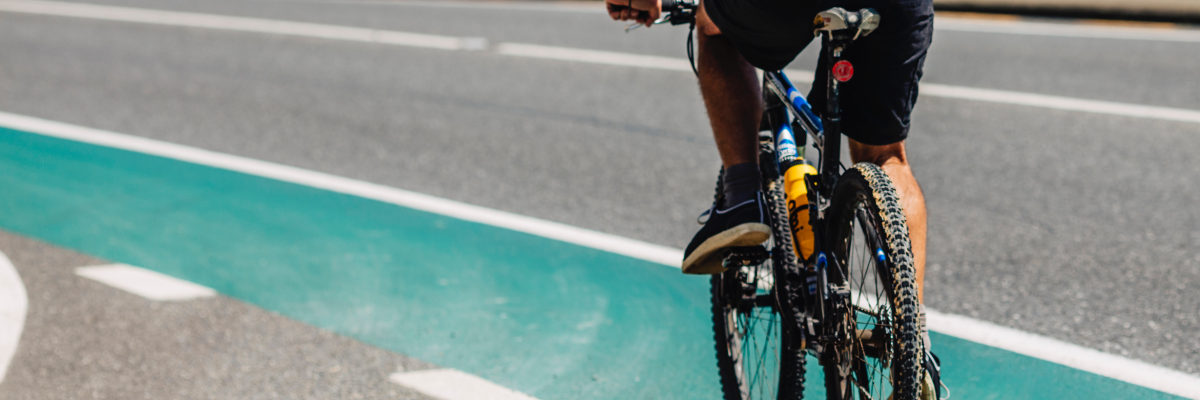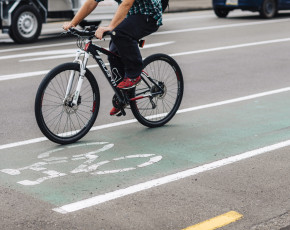Buying a secondhand bike is a great way to get into cycling on the cheap. A bike that's been well looked after will still have plenty of years in it, so taking the time to check out the condition will help you get the most out of your purchase.
Take it for a ride – does it feel and ride like you'd expect?
Things to check:
- General condition – has the bike been looked after or is it rusty? Are there large dings or cracks in the frame? Any used bike is going to have a couple of honourable scars, but these should be superficial to the paint work. Apply both brakes and try to move the bike forward, is there any creaking? If it’s looking and sounding a little worse for wear, consider looking elsewhere.
- Tyres – do they stay inflated? Is there grip or are they bald? Are the sides of the tyres cracked? Tyres should stay well inflated, have grip and not be cracked on the side walls. Keep in mind they can be replaced, but this will add to the cost.
- Wheels – Are they rusty? Do they spin straight? Can you wobble the wheel side to side? Are the spokes broken? Wheels should spin truly and have all spokes. If there are broken or damaged spokes chances are another broken spoke isn’t far away, so it may be best to give the bike a miss. You can check the tension of all the spokes by pulling two near spokes towards each other, there should be minimal movement.
- Brakes – Are the brake pads worn? Can you apply and release the brakes easily? Are the brake cables frayed? Worn brake pads aren’t a huge issue as they are easy to replace and relatively cheap. You shouldn’t have to squeeze the brake lever all the way to the handlebars for the brakes to come on, nor should they bite hard when you apply gentle pressure. Cables that are well looked after are a good indication that the bike has been stored well and has plenty of life left.
- Chain – Is the chain rusty? Check the teeth where the chain turns the cogs, are they chipped or bent? A new chain is pretty cheap to replace, but a lot of bent, broken or chipped cog teeth indicate a larger problem.
- Cranks – Do the cranks spin freely without grinding? Grab both cranks and try to move them side to side and up and down, is there creaking? If there is creaking then the bearing will need adjusting or replacing at your local bike shop.
- Gears – when riding the bike, change through all the gears on the front and back. Does the chain move easily and smoothly? Do the gear levers move freely or are they difficult to use? Gears should change in a timely and smooth manner. If the gear cable is in good condition gears can usually be fixed with some tinkering, but smooth changes extend the life of your cogs and chain – it’s a good indication of how well the bike has been looked after.
Check the bike anatomy page so you know what is what.
Has it been reported stolen? You can find the serial number of the bike under the bike where the pedals join the frame. If you jot this down and take it into your local police station they will be able to check if it has been reported stolen.
There is also the Wellington stolen bicycle Facebook group




